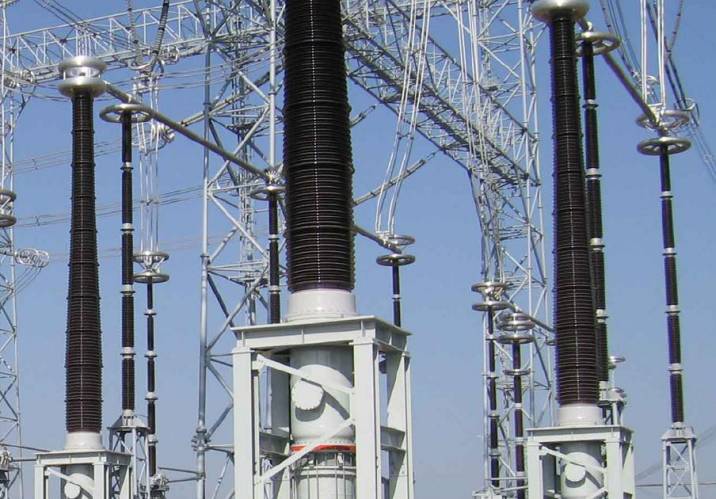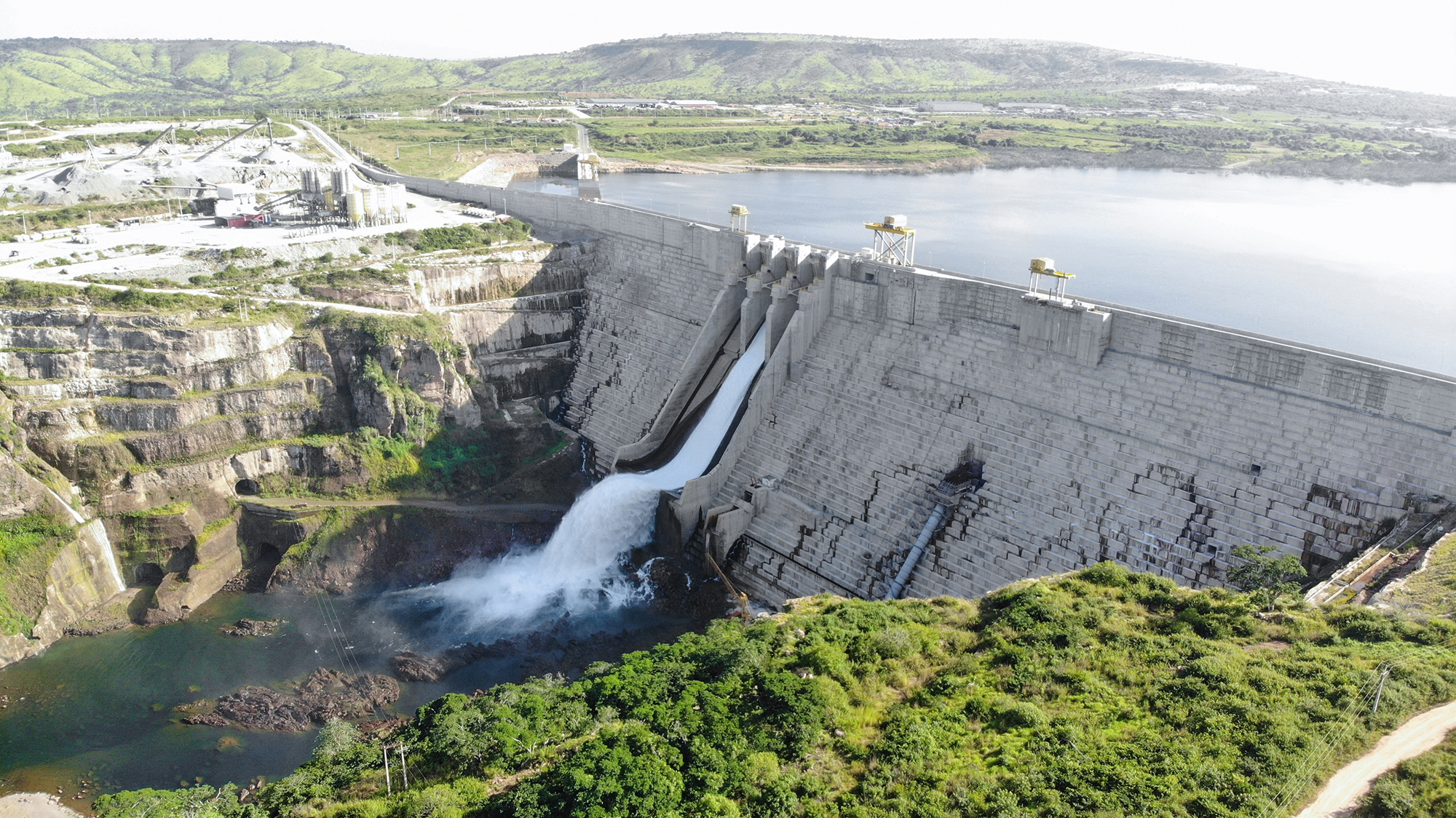
Private power producers are set to increase Kenya’s electricity generation capacity by 285 megawatts to spur economic growth and improve competitiveness, the World Bank has announced.
Various agreements for the first project, Thika Power, were signed yesterday by Kenya’s government, Kenya Power, Citibank, and the World Bank. The project will add 87 megawatts of capacity and the electricity produced will be purchased and distributed by Kenya Power.
The investment is supported by the Kenya Private Sector Power Generation Support Project, which will provide a series of partial risk guarantees (PRGs) of $166 million from the World Bank’s International Development Association (IDA).
The World Bank’s PRG instrument for the four private power producers was approved by the World Bank to help expand reliable power supply to domestic and industrial consumers, reducing constraints to growth and creating jobs.
The PRGs are expected to leverage private investments of almost $400 million in Thika Power and three other private power generation projects—Triumph Generating Company, Gulf Power, and the expansion of Or Power 4 geothermal project.
Funding sources will include the African Development Bank, ABSA Capital of South Africa and the World Bank’s affiliate, the International Finance Corporation (IFC). In addition the Multilateral Investment Guarantee Agency (MIGA) of the World Bank will be providing termination guarantees of around $49 million in support of the commercial finance provided by ABSA Capital. Citibank London will also provide letters of credit in support of the project.
Commenting, Johannes Zutt, World Bank country director for Kenya, said: “The PRG is an innovative approach to leverage private sector investment to meet Kenya’s power generation needs. It will enable Kenya to attract private investment in the energy sector, bridging critical financing gaps from public sector funding.”
Karan Capoor, the Bank’s task team leader of the project, said: “These investments will support Kenya to rapidly build up its power generation to address short-term constraints of severe power shortages on development. It will also diversify Kenya’s power mix, reducing the present high dependency on unreliable hydro electricity and expensive emergency diesel plants.”
The government’s plan is to increase private sector participation and utilise low carbon resources such as wind and geothermal to increase electricity generation capacity by an additional 2,000 MW in the medium term.
The additional power will contribute to Kenya’s Vision 2030 strategy of expanding electricity access to 40 per cent of the population from about 30 per cent in 2012.












